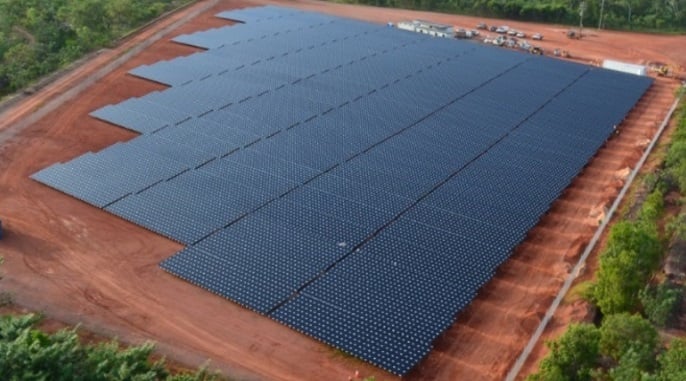
The Queensland government confirmed yesterday (18 June) that Caloundra, Australia, will house a Local Renewable Energy Zone (LREZ), with plans to triple rooftop solar PV generation.
The pilot project will see the deployment of up to 8.4MW/18.8MWh of battery energy storage systems (BESS), support up to an additional 2.8MW of solar PV, and 0.9MW of demand management.
Try Premium for just $1
- Full premium access for the first month at only $1
- Converts to an annual rate after 30 days unless cancelled
- Cancel anytime during the trial period
Premium Benefits
- Expert industry analysis and interviews
- Digital access to PV Tech Power journal
- Exclusive event discounts
Or get the full Premium subscription right away
Or continue reading this article for free
The LREZ will allow customers to share the benefits of renewable energy, especially those who haven’t been able to invest in solar power, with support from Energy Queensland, the state-owned distribution system operator (DNO), and its local network-connected battery energy storage units.
Steven Miles, premier for the Queensland government, allocated AUS$40 million (US$26 million) in the State Budget to support the pilot project, with hopes it would “put Sunshine Coast rooftops at the centre of the renewable energy transition”, a government paper read.
The LREZ will enable households with rooftop solar PV to transfer the energy they generate during the day into local BESS’, which will then be transmitted back during the night when energy usage is at its peak.
The government confirmed that the benefits will be shared across Caloundra’s residential and commercial customer sites from January 2025.
Steven Miles stated that the LREZ will “maximise the use of existing network infrastructure and batteries to produce, store, share, and use renewable energy locally”.
“Our AU$1000 electricity rebates are helping Queenslanders with cost-of-living pressures now, but we need to plan for the future too and LREZs are another way we giving Queenslanders cheaper, cleaner electricity and making sure we can capitalise on the natural assets in the Sunshine state,” Miles added.
Energy Queensland receives go-ahead for 18 network-connected BESS
Energy Queensland has received approval for an additional 18 local network-connected batteries. These batteries will play a significant role in the transition to deliver clean, reliable, and affordable energy for future generations.
The State government committed AUS$240 million in the Budget to build 18 new local network-connected batteries across the state. The funding package is also set to boost local manufacturers and suppliers in many communities throughout the state.
The new batteries will be part of Stage 5 of the Energy Queensland battery program. This stage will continue the success of previous stages, which have already seen the construction of 30 local network-connected batteries and three different flow battery systems across the state.
Energy Queensland’s chief engineer Peter Price said: “This mix of customer-owned and network-owned batteries could deliver the peaking power equivalent to a coal fired generator. Already Queensland has over 5GW of solar connected to Energy Queensland’s distribution networks which is more than three times the size of the largest coal generator.”
Queensland government targets 12 REZ
Earlier this year (27 March), the Queensland government published a roadmap to develop 12 REZ across the state.
The REZs, which aim to add 22GW of renewable energy capacity by 2035, were divided into three sub-regions. These include Southern Queensland, Central Queensland and North and Far North Queensland.
Due to its existing coal-fired power stations and large electricity loads, Central Queensland is expected to be the first official REZ location. The Callide REZ will be the first zone, including 2GW and 2.6GW of renewable capacity. Central Queensland already has nine solar PV plants and 48 renewable energy projects in the pipeline.






